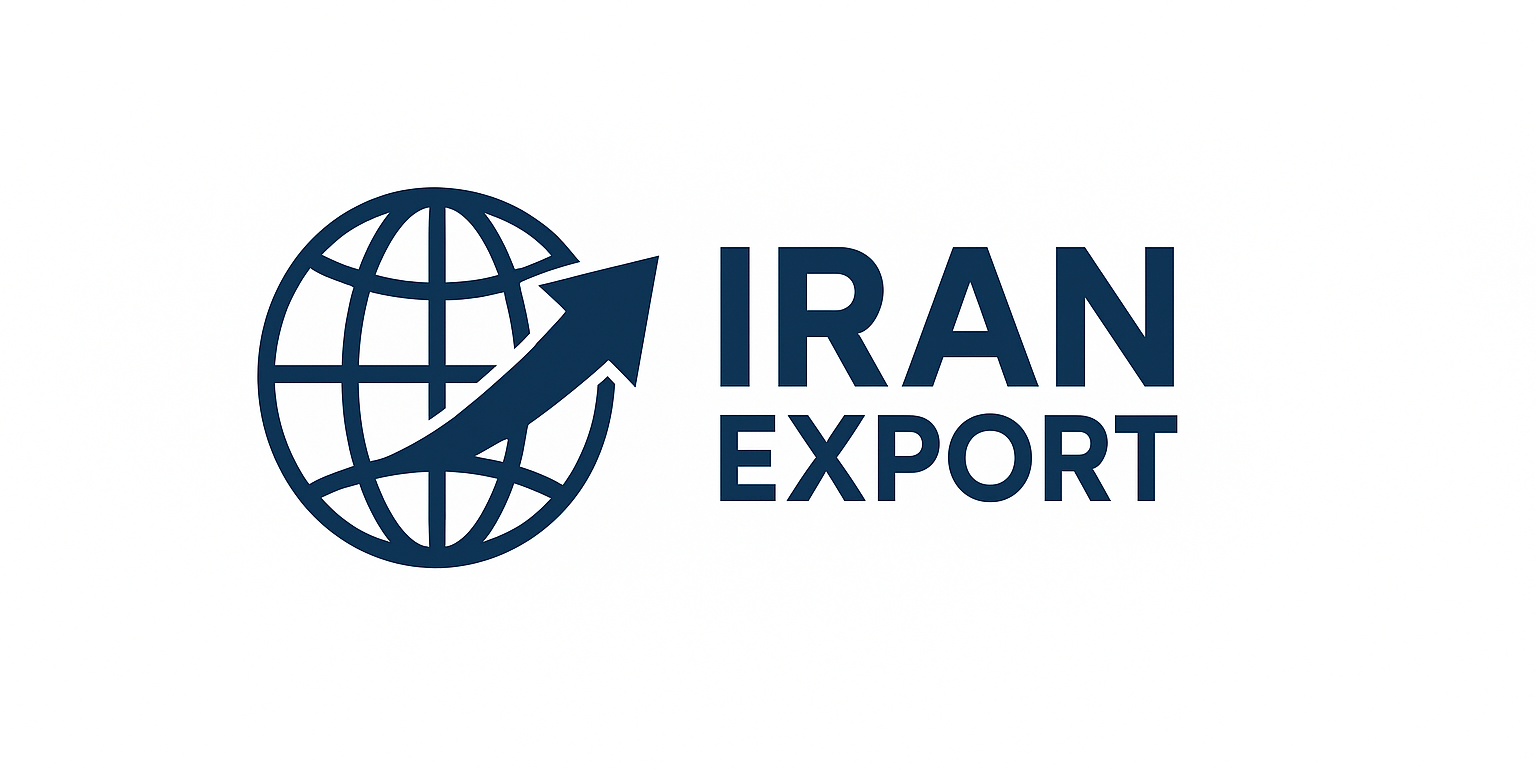Grains and legumes—such as lentils, chickpeas, beans, mung beans, soybeans, and sesame—are essential agricultural products in Iran, contributing to food security, healthy nutrition, and sustainable farming practices.
These crops are well-suited to Iran’s diverse climates and are often grown in rotation with cereals. Legumes, in particular, enrich soil fertility through nitrogen fixation. The use of improved seed varieties, controlled irrigation, and modern agricultural machinery has helped boost productivity.
Legumes serve as an affordable source of plant-based protein for households and offer a good return for farmers. They also supply raw materials for the food processing, packaging, and canning industries.
Iran has strong potential to export legumes such as chickpeas, lentils, and beans—as well as oilseeds like sesame—to neighboring countries, Central Asia, Europe, and Arab markets.
Iran’s competitive advantages include diverse climates, fertile land, traditional farming expertise, and low production costs, making it well-positioned for competitive seed and legume production. However, improvements in processing, packaging, quality standards, and export market development are essential for sustainable growth in this sector.
